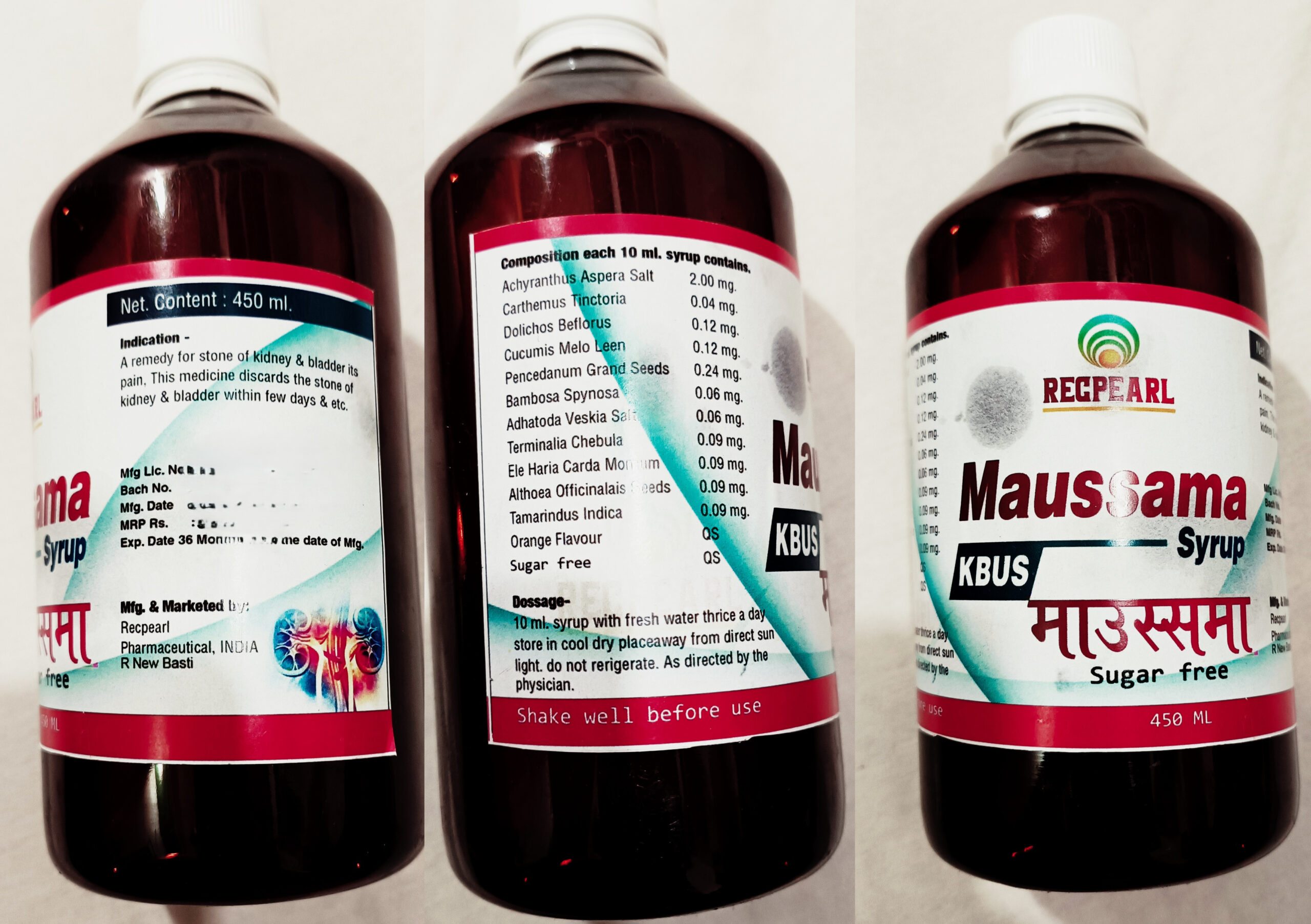Gallstones are hardened deposits that form in the gallbladder, a small organ located beneath the liver. They can cause pain, especially when a stone blocks the bile duct. The pain is often felt in the upper right abdomen and can be accompanied by nausea and vomiting.
Here’s a more detailed look:
Formation:
Gallstones are typically made of cholesterol and bilirubin. They can vary in size, from small grains of sand to large golf balls.
Symptoms:
Many people with gallstones have no symptoms, but if a stone blocks the bile duct, it can cause:
Biliary colic: Intense pain in the upper right abdomen, which can radiate to the back or shoulder.
Cholecystitis: Inflammation of the gallbladder, which can cause fever, nausea, and vomiting.
Complications:
If left untreated, gallstones can lead to:
Pancreatitis: Inflammation of the pancreas.
Bile duct infections: Severe and potentially life-threatening.
Diagnosis:
Doctors can diagnose gallstones using ultrasound, abdominal X-rays, and blood tests.
Treatment:
Treatment options include:
Cholecystectomy: Surgical removal of the gallbladder, which is the most common treatment for symptomatic gallstones.
Medications: In some cases, medications can be used to dissolve or prevent gallstone formation.
Prevention:
Diet: A balanced diet with plenty of fruits, vegetables, and whole grains can help prevent gallstones.
Weight management: Maintaining a healthy weight can reduce the risk of developing gallstones.
Avoiding high-fat foods: Reducing consumption of saturated fats may also help.



Reviews
There are no reviews yet.